Sola QUBO User manual
Other Sola Measuring Instrument manuals
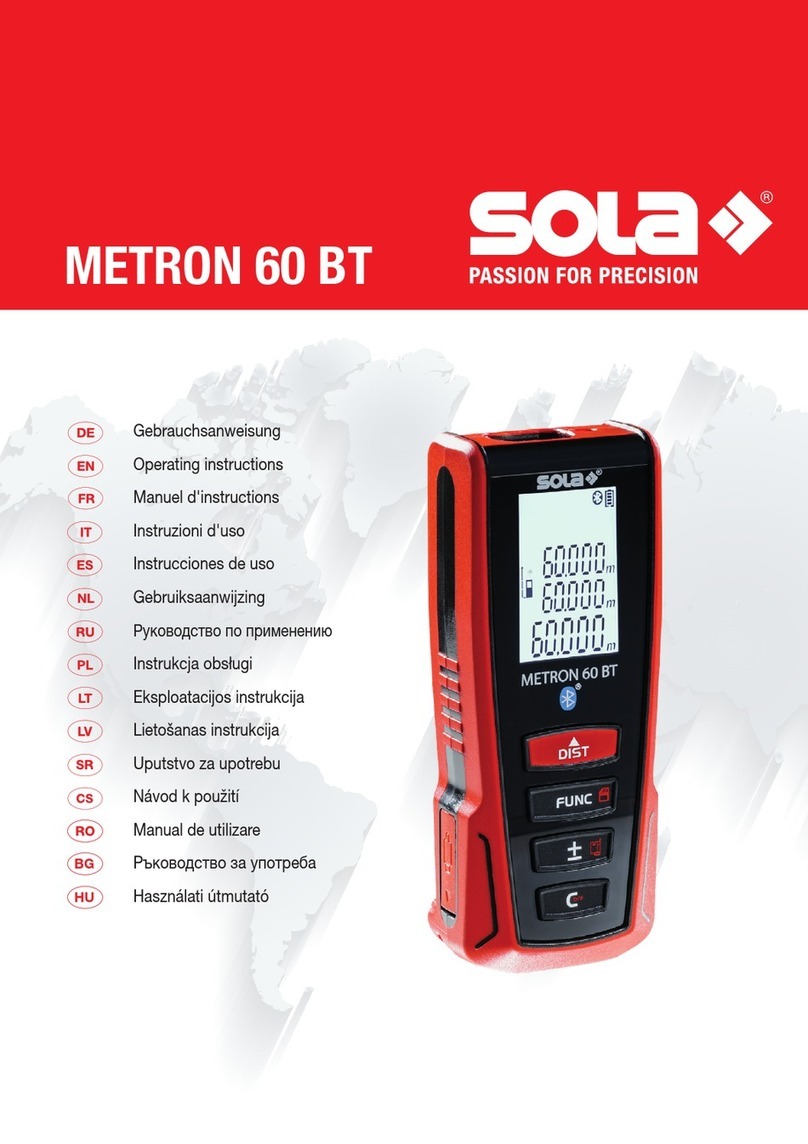
Sola
Sola METRON 60 BT User manual

Sola
Sola VECTOR 40 User manual
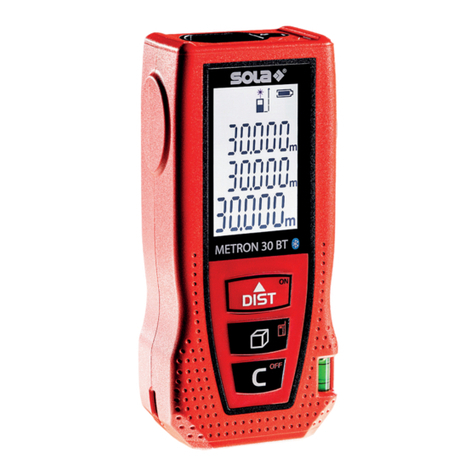
Sola
Sola METRON 30 BT User manual
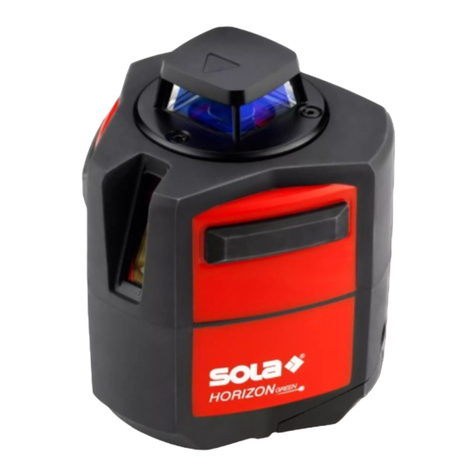
Sola
Sola HORIZON GREEN BASIC User manual

Sola
Sola PROTON Series User manual

Sola
Sola METRON 80 BTC User manual
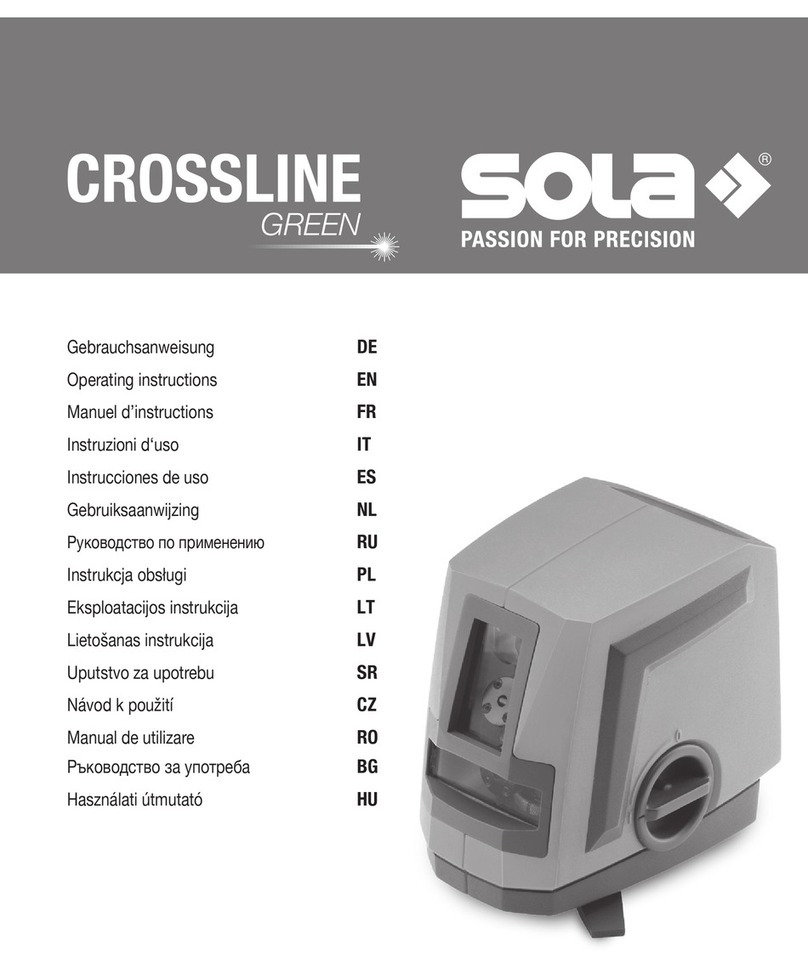
Sola
Sola CROSSLINE GREEN User manual
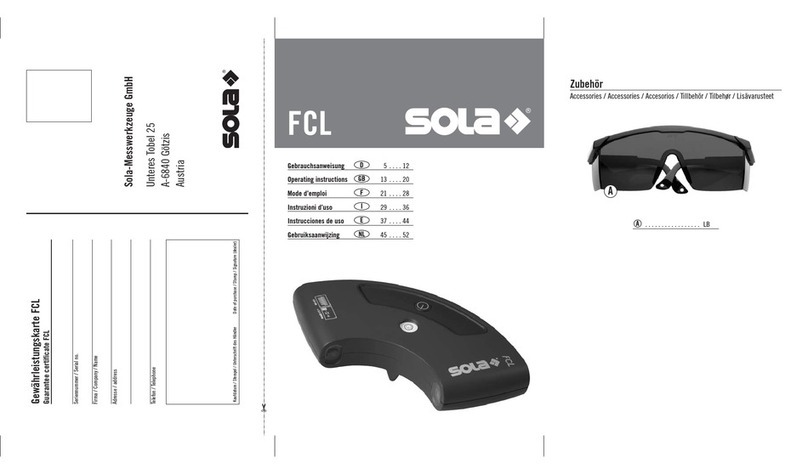
Sola
Sola FCL User manual

Sola
Sola Go! SMART User manual
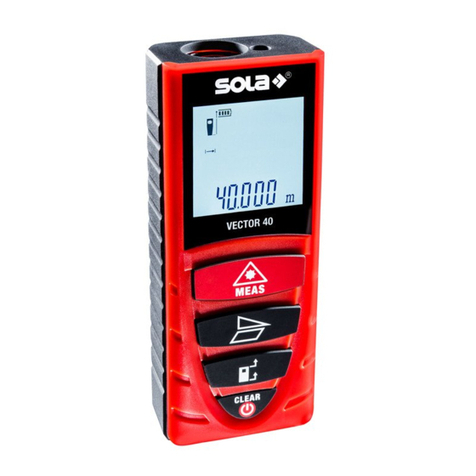
Sola
Sola VECTOR 40 User manual
Popular Measuring Instrument manuals by other brands

Powerfix Profi
Powerfix Profi 278296 Operation and safety notes

Test Equipment Depot
Test Equipment Depot GVT-427B user manual

Fieldpiece
Fieldpiece ACH Operator's manual

FLYSURFER
FLYSURFER VIRON3 user manual

GMW
GMW TG uni 1 operating manual

Downeaster
Downeaster Wind & Weather Medallion Series instruction manual

Hanna Instruments
Hanna Instruments HI96725C instruction manual

Nokeval
Nokeval KMR260 quick guide

HOKUYO AUTOMATIC
HOKUYO AUTOMATIC UBG-05LN instruction manual

Fluke
Fluke 96000 Series Operator's manual

Test Products International
Test Products International SP565 user manual

General Sleep
General Sleep Zmachine Insight+ DT-200 Service manual
















